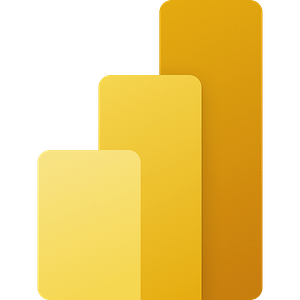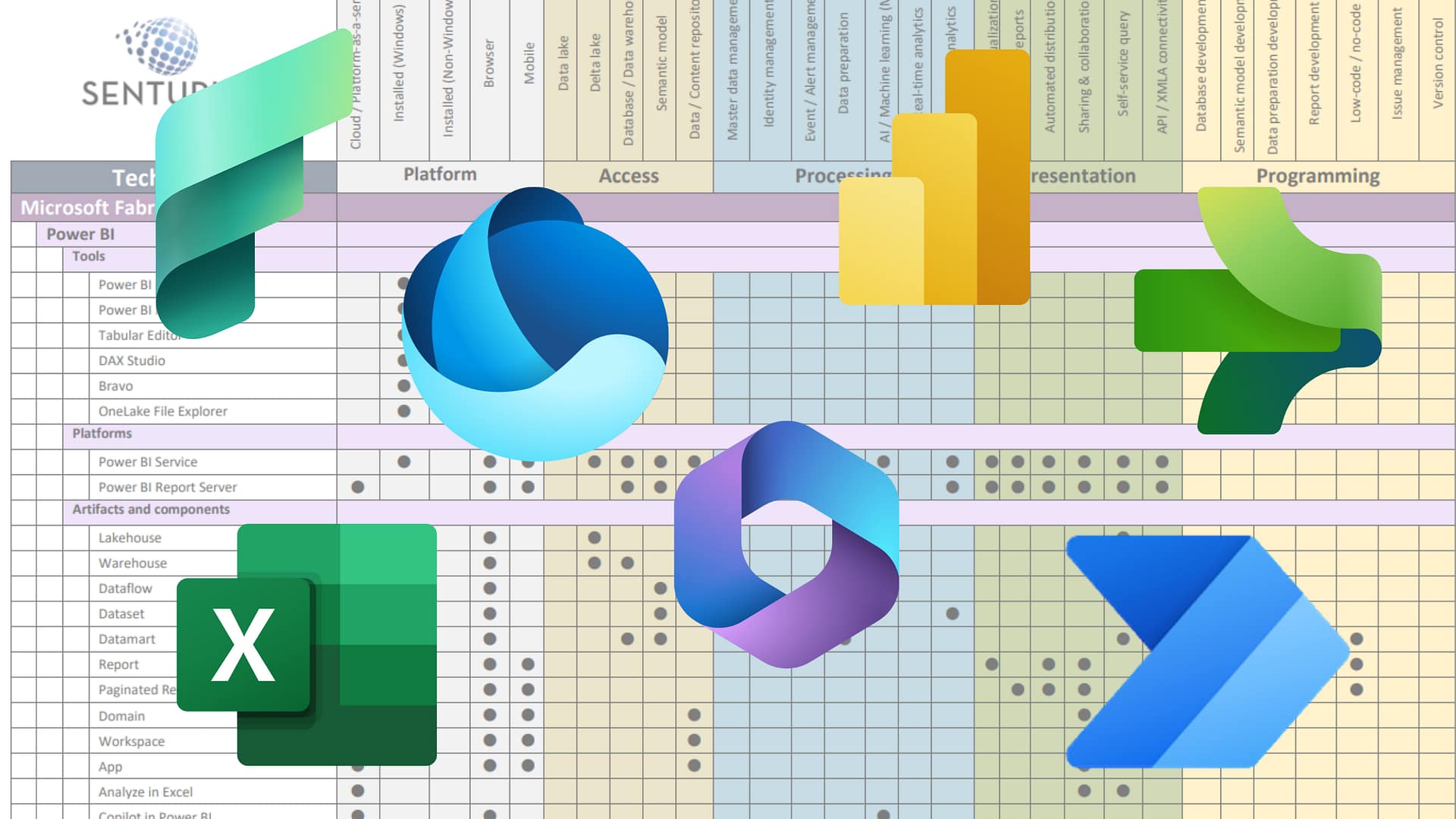Introduction to DAX
In this course you will learn to
- Understand DAX context
- Work with CALCULATE and ALL functions
- Handle dates with DAX
- Review common DAX functions
- Manipulate string data
- Use DAX with time
- Use DAX with semi-additive measures
Included in this course
- Hands-on exercises
- Course manual
Suggested attendees
Business analysts with technical skills or IT personnel. No DAX experience required. Basic experience with Power BI and data manipulation is beneficial.
Course Outline
- Contextual DAX
- Understand context
- How to create DAX and consider:
- Row context
- Filter context
- Use DAX to calculate percent of total with CALCULATE and ALL
- Create DAX functions to work with dates
- Additional common functions
- Learn the difference between SUM and SUMX
- Work with COUNTROWS
- Use DAX functions with string data types
- Discuss time and date-based functions
- Review additive vs. semi-additive measures
- Payments by purchase order and invoice incur a $50 service fee.
- Paying party will receive a payment confirmation email upon receipt of payment.
- Each registered student will receive an email with the course details.
- Students will receive electronic copies of the course materials and may print one hard copy for their personal use. The course materials are copyrighted and any other reproduction or distribution of these materials is strictly prohibited.
This class requires a local copy of Power BI Desktop. Download it for free
Instructor-led online
We recommend using two monitors to simultaneously view the training presentation and hands-on class work.
You’ll receive a Zoom link to join the class. We recommend using a headset instead of the computer’s microphone and speakers. You may also listen to the audio by phone.
Instructor-led online
- 100% refund for cancellations made more than 10 days before the first class
- 50% refund for cancellations made 5-9 days before the first class
- No refund for cancellations made less than 5 days before the first class
Self-paced
- Subscriptions start when payment is received
- Full refund if cancelling within 24 hours of registration
- $15 fee for cancellations after 24 hours of registration
- No refund for cancellations after 15 days of registration
- Shared subscriptions will be immediately deactivated and no refund issued


